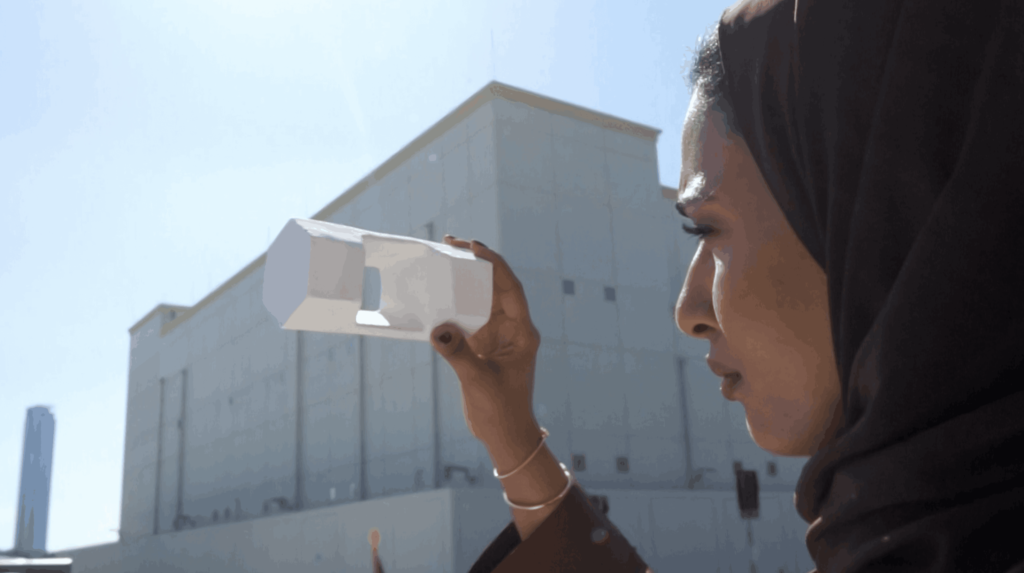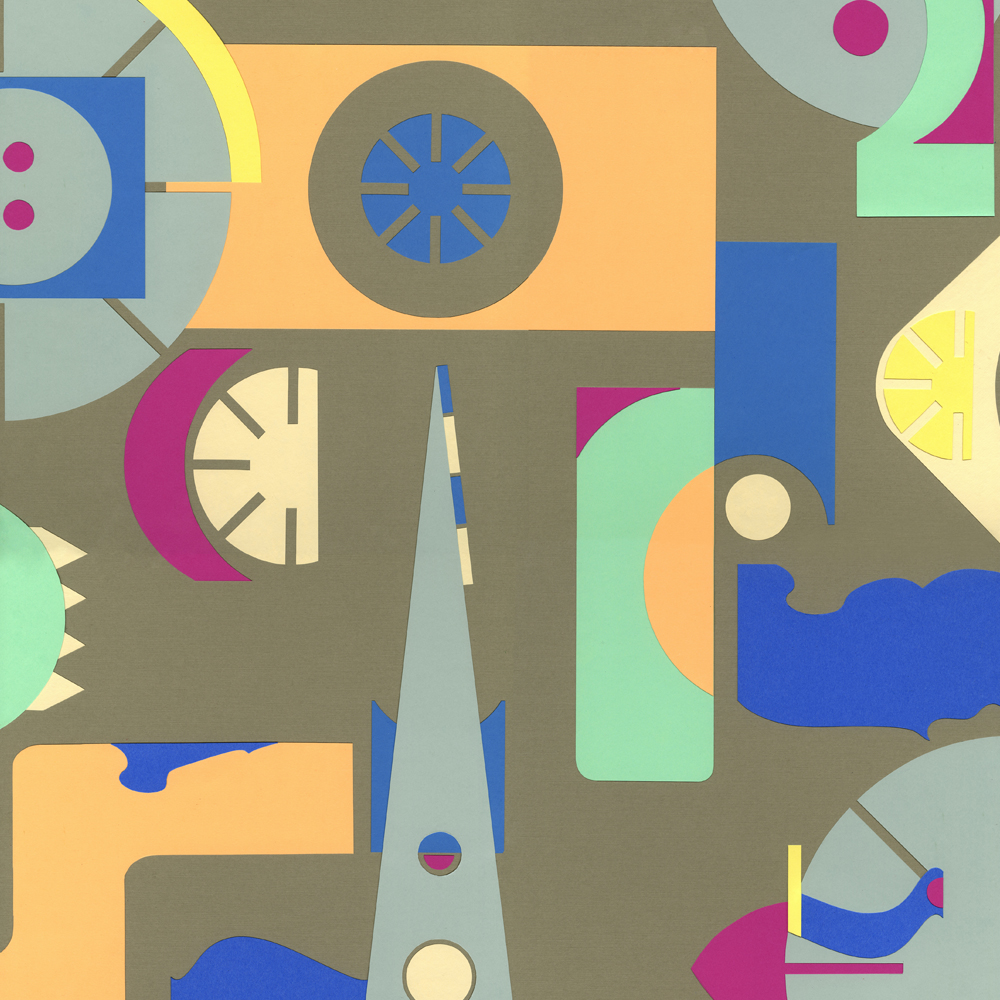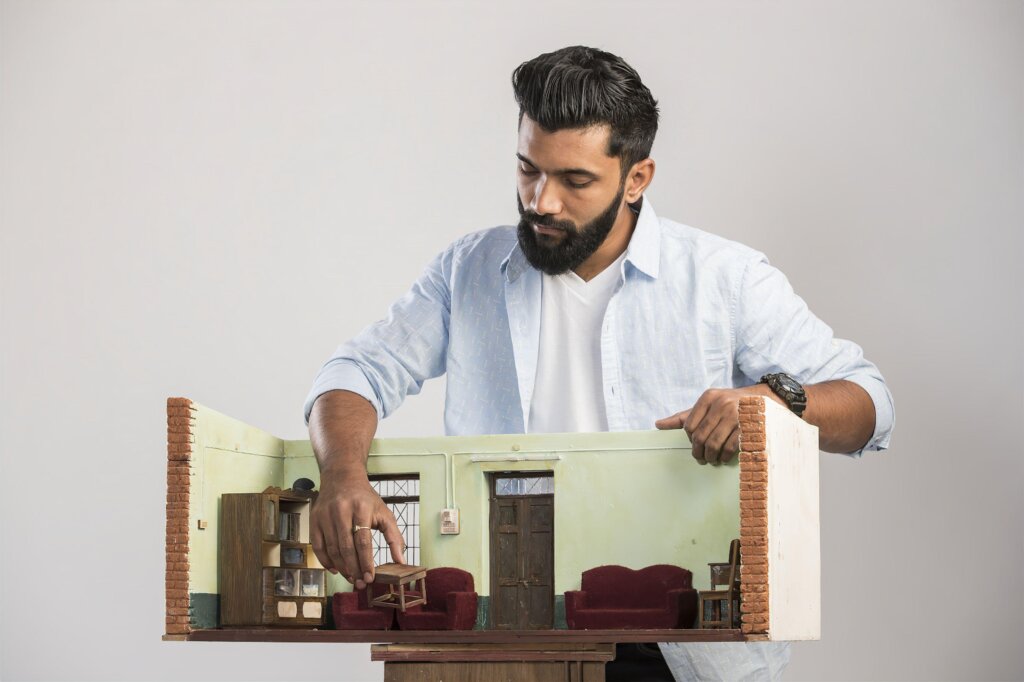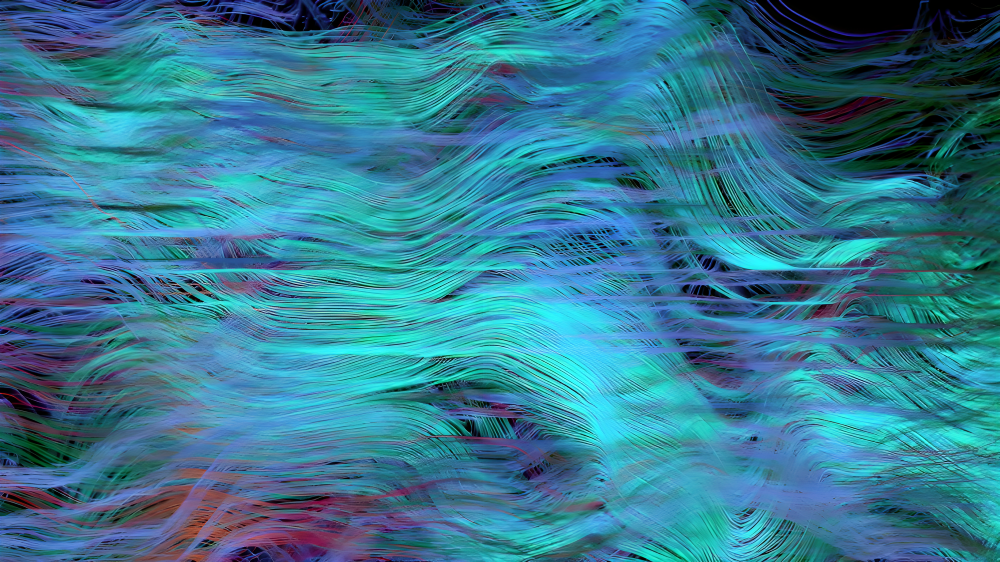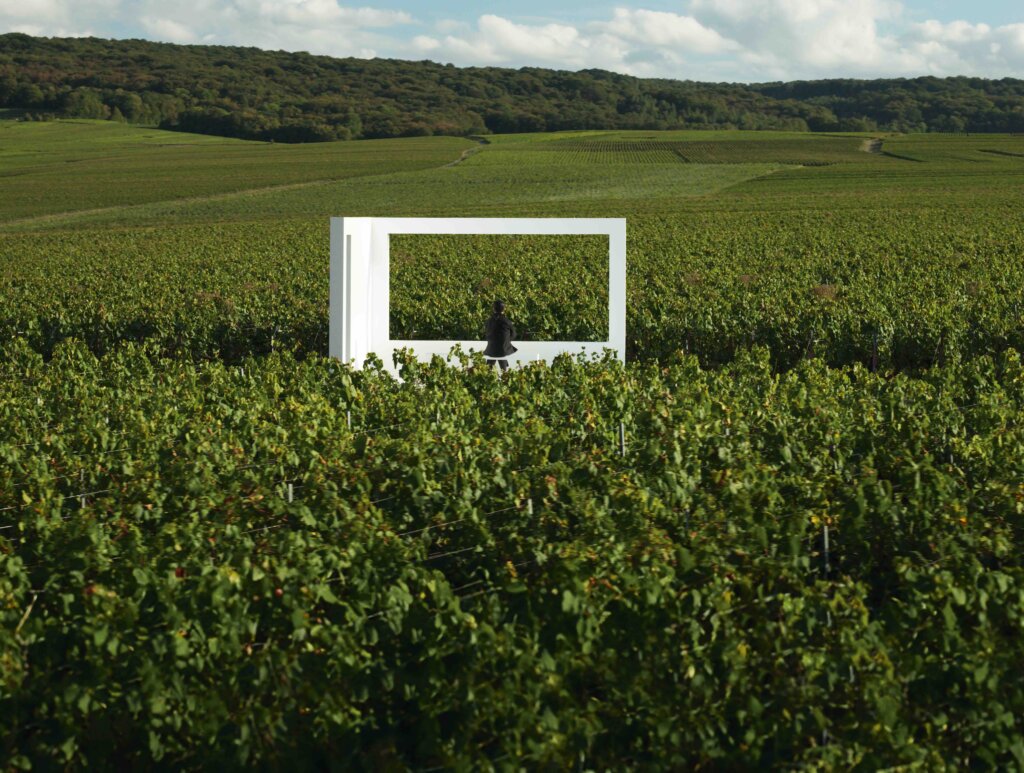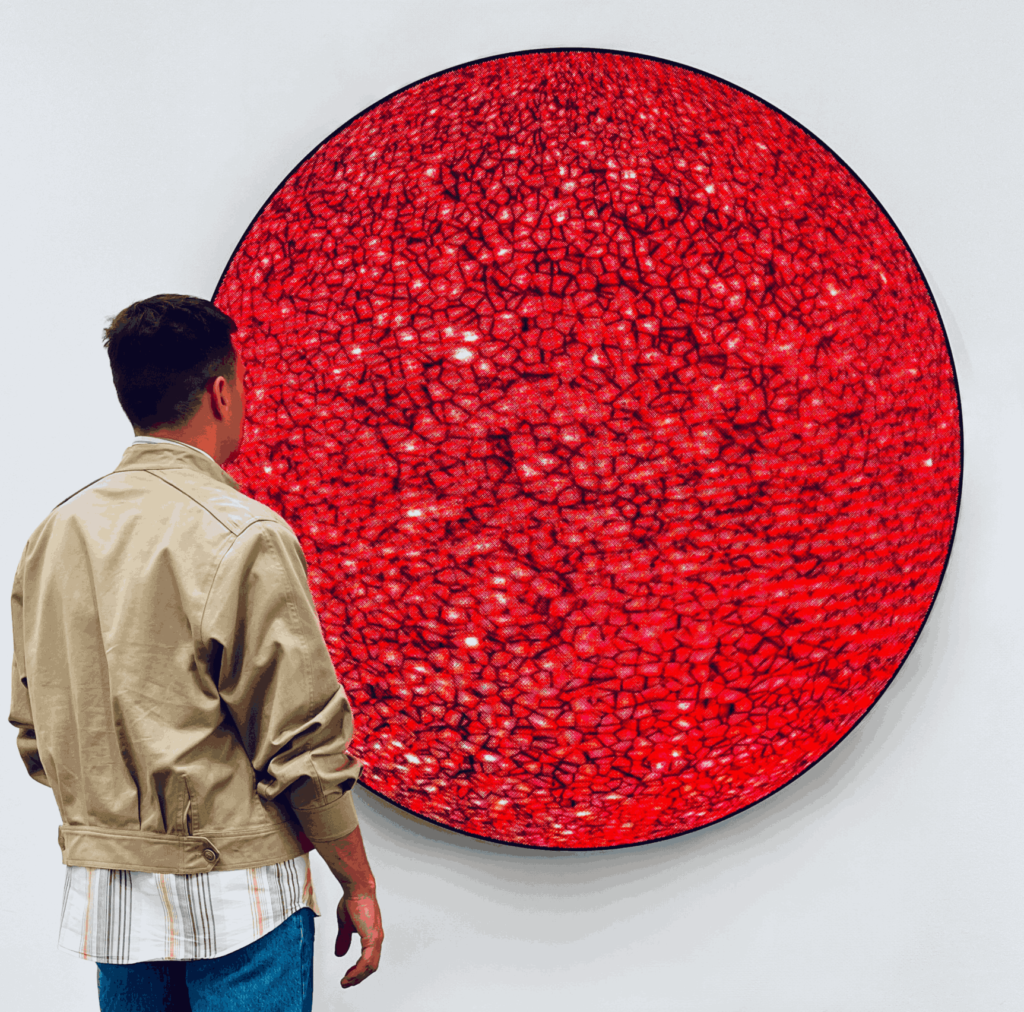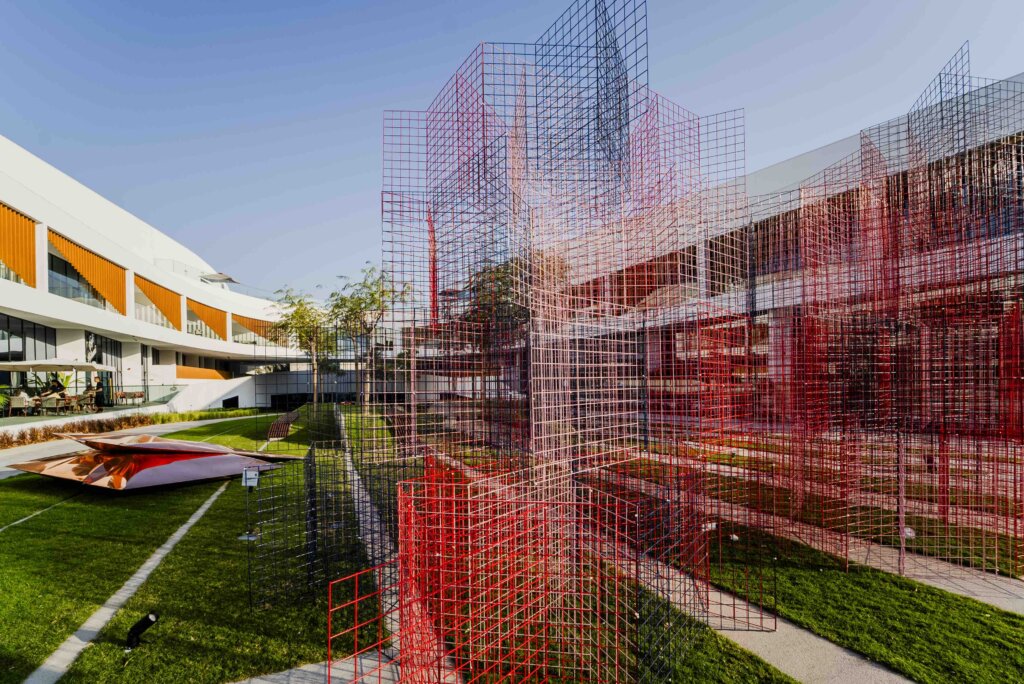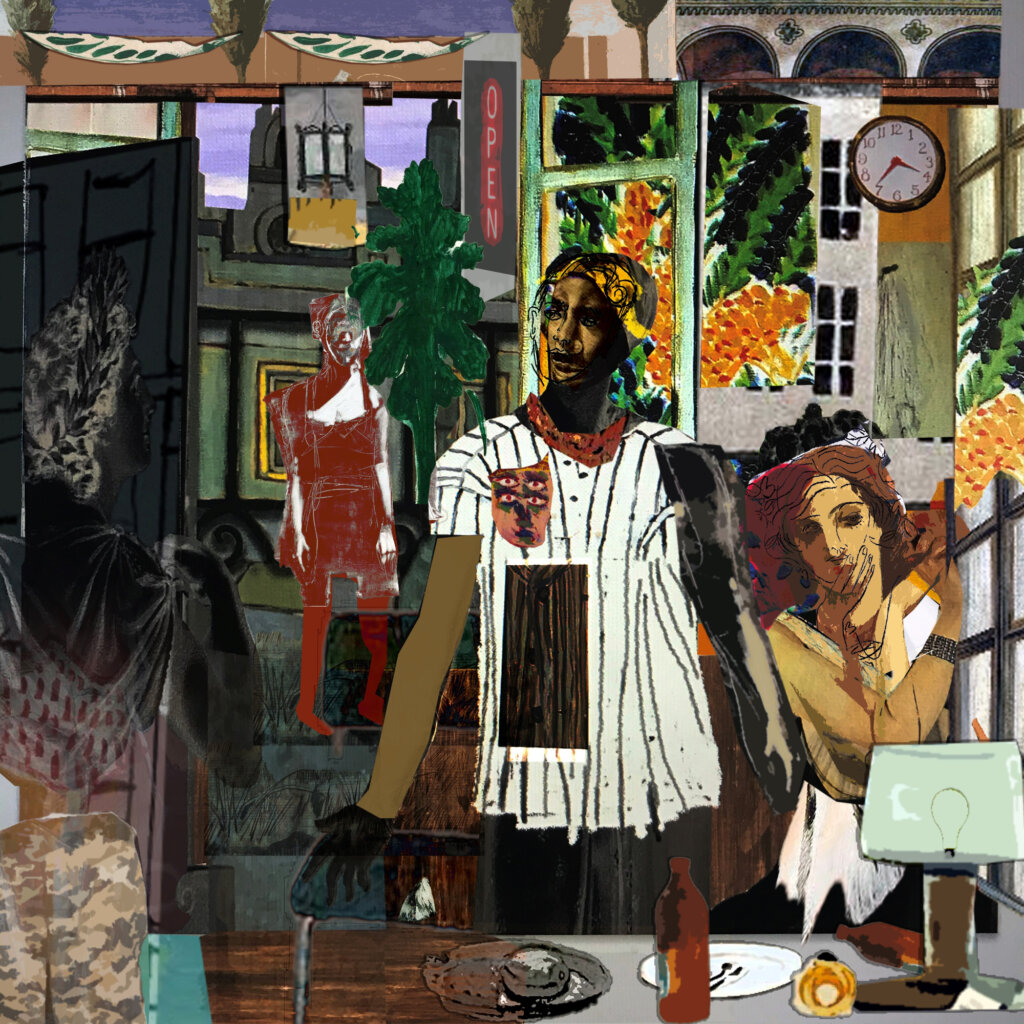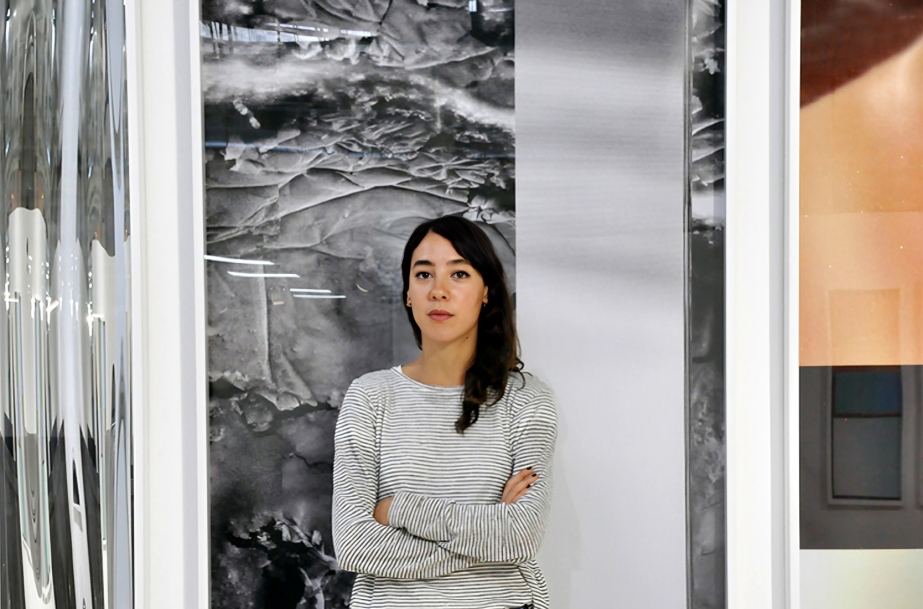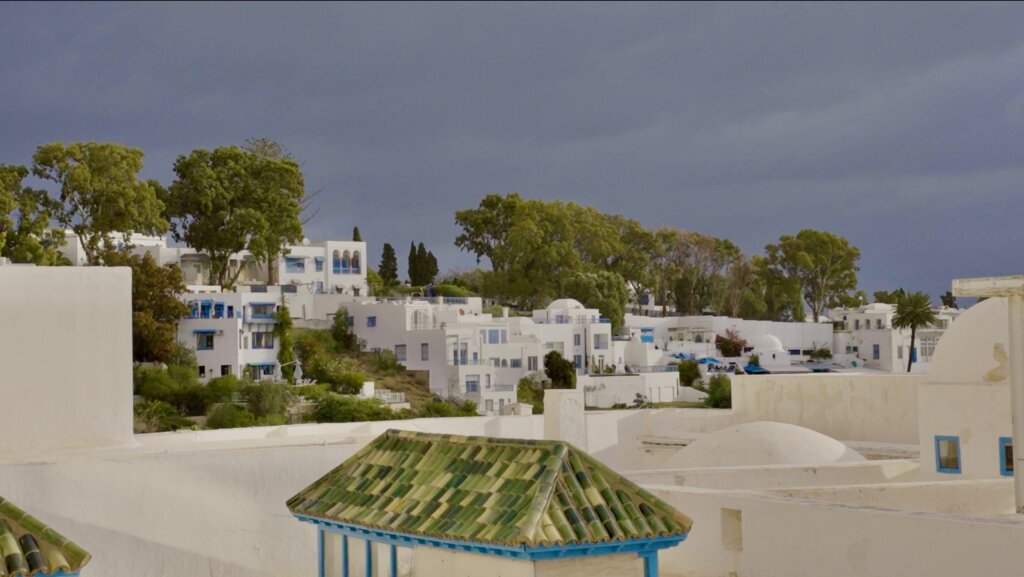Since 2015, Switzerland’s leading private banking group Julius Baer has acted as a leading supporter of Art Dubai Contemporary and Art Dubai Fellowship. This stems from the bank’s longstanding heritage and commitment to supporting visual arts globally. In the UAE, Julius Baer has been forthcoming in supporting the emergence of Dubai as a culture and arts hub through its sponsorship of Art Dubai. In March 2018, the Julius Baer Lounge will reveal a commissioned installation work by the Swiss-Egyptian artist Karim Noureldin whose work has been part of the Julius Baer Art Collection since 2010. For this special occasion, we conversed with Karim Noureldin, asking about his artistic inspiration, the commission, and the fair.

Artist Portrait. Courtesy of Karim Noureldin.
1. This March, your works will be displayed at Art Dubai’s Julius Baer Lounge. How do you personally feel about this commission and what does it mean for your artistic career?
On a personal level, I feel very good. I have Middle Eastern roots so it’s good to be back.
It was a generous commission invitation from Julius Baer where I had the freedom to decide on the artistic direction.
As for my artistic career, we’ll see. Right now, what’s important is that the artwork and project both succeed and that we achieve a resounding participation at Art Dubai for both myself and Julius Baer.
2. Have you visited Art Dubai before? If so, what would you say you enjoy the most about it? If not, what are you looking forward to at the fair?
I’ve never visited the UAE before. It’s all new to me, even though I am quite familiar with a few galleries participating at the art fair. I am curious to experience it in person.
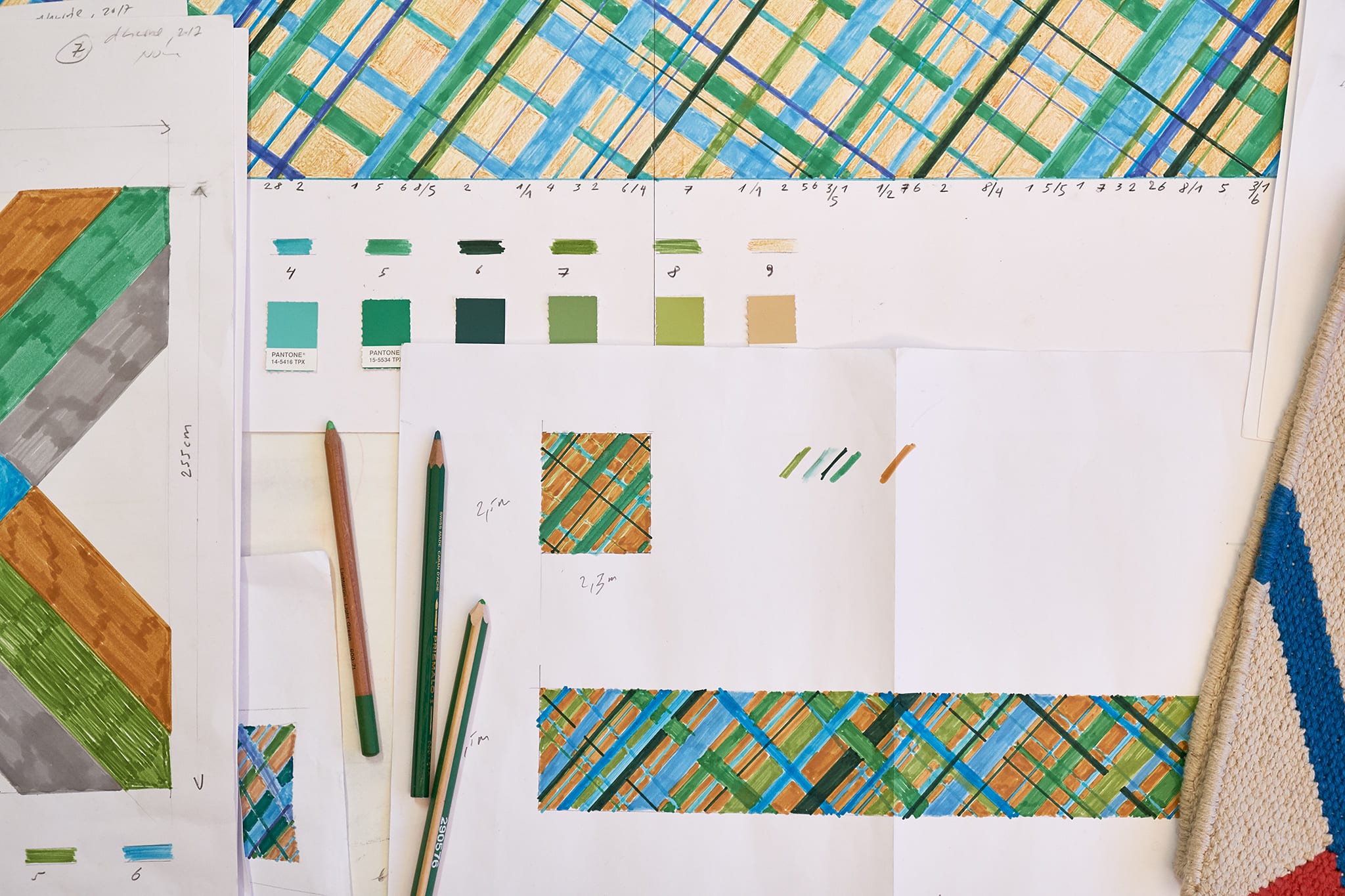
Karim Noureldin. Studio shot, artist sketches for “Des”. Photo Credit: Ariel Huber.
3. Looking at your colorful studies and final artworks, one instantly senses your dedication to exploring geometry. How did this begin and develop for you as an artist?
I see my work as abstract, non-figurative. Geometry might be a part of it but actually little is calculated. Non-figurative art was and still is at the very beginning of any human expression; it can be found in any ancient cultures across the globe. It was used for textiles, pottery, sculptures and wall painting – as a layout for cities or a symbol for spiritual beliefs. It continues to remain with us today, after being curiously defined shortly also as “Avant-Garde”. Somehow, I was drawn to all of this and I think there is still much to say and express.
As for the colours in my work, it was a process, since my early work was just in black and white. As I was developing my artwork over the last two decades, it took me a while to find the right materials and ideas. Art is like a research journey, it’s never clear from where you start and there is only a vague feeling on where it could end.
4. You also have a background in architecture. How has it fed into the way you create works of art?
Architecture always interests me, even though I feel that not everything is successful in conception. However, art stands at the core of human culture and relies on the social impact of how we feel and live.
Today, my architectural background helps me with implementing site-specific installations or doing architectural commissions, since I understand the way architects think and how a complex process can lead to results. At the end of the day, I am an artist who needs to balance potential demands of clients with my own work while remaining unique and personal. Despite architectural projects being a challenge, I admire how they are more long-lasting whereas many art projects are only realised temporarily, often lasting for just a few weeks.
5. At the Julius Baer Lounge, you will be showcasing two large-scale textile installations. Could you tell us how you decided what kind of artworks you wished to present for lounge guests?
At the start, there were three aspects to consider with regard to the artworks to be displayed at the Julius Baer lounge. It was important to get an understanding of the space itself and its main use, since it’s not just a place to showcase art. Then, the other aspect was that the time available for installation is limited thus excluding a few possibilities with my artwork such as wall paintings – something I would often do as well. Last but not least, I wanted to show what I feel is currently the most recent development in my work. This and the aspect that these two textile objects would bridge three parts of the world, Switzerland, the Middle East and India, made me decide on the artistic direction.
6. For this particular commission, you spent some time in India. What was this experience like for you?
Actually, I fell in love with the country and its people. I was very moved when I first visited it a while ago. I now visit India each year to discuss with my producers upcoming projects and then dedicate some time to travel and explore the country. I knew India has a century-old heritage in textile making and I finally found the right contacts who can implement what I wish to create. However, I was the one who first needed to learn and know better how it can be done. It was a very creative, “give and take” process.
7. Could you explain the brief yet memorable title of your installation at the lounge, From Pen to Thread: “Des”?
While the first part of it is descriptive, the second part “Des” is a word that I had invented and might refer to a sound, or an acoustic image.
8. What do you hope visitors will experience when seeing your work?
You never know what people think and how they will react. Any artwork should be open for interpretation. People may well experience or see what the artist wants to express or understand something else. Right now, I will be happy to see the actual artwork live, as it was done far from my studio based on my own sketches. I am always very concerned within the conception and production process, but I have to admit, I never think what visitors should see and how it’s received; this is not an aspect I consider when doing art.
However, I was also invited to collaborate on the concept of the Julius Baer lounge with the working team, and have all agreed that the hospitality aspect of the lounge is paramount.
I sincerely hope that any visitor feels very welcomed when experiencing a unique moment.
Public Events:
Ladies Tour – Wednesday, March 21
https://www.artdubai.ae/vipevents/tour-karim-noureldin/
Tour – Thursday, March 22
https://www.artdubai.ae/vipevents/tour-karim-noureldin-400/
Talk – Thursday, March 22




